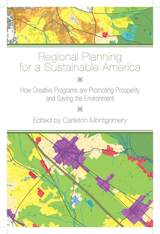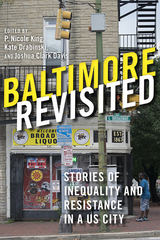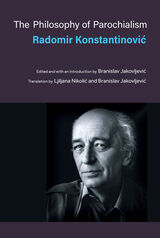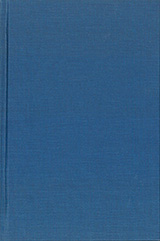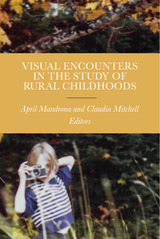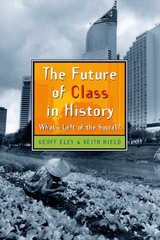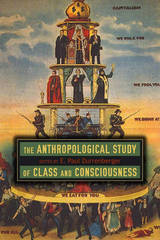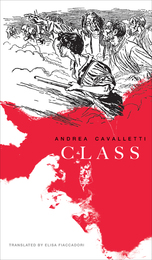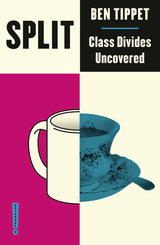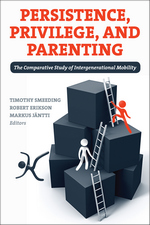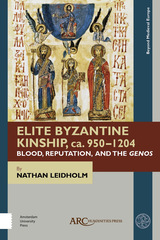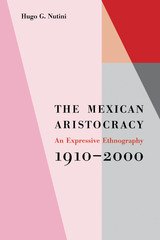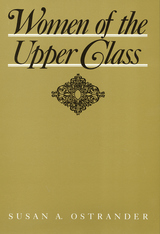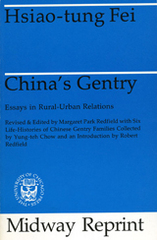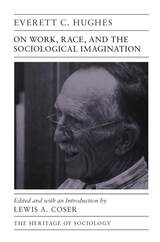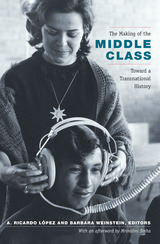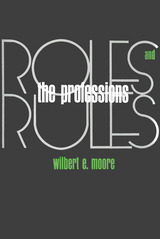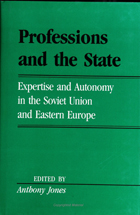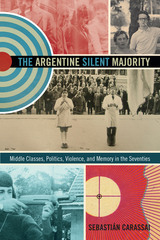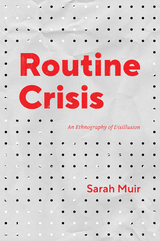The Lettered Knight: Knowledge and aristocratic behaviour in the twelfth and thirteenth centuries
by Martin Aurell
Central European University Press, 2017
Cloth: 978-963-386-105-9 | eISBN: 978-963-386-235-3 (ePub) | eISBN: 978-963-386-108-0 (PDF)
Library of Congress Classification HT653.F7A9513 2016
Dewey Decimal Classification 305.52094409021
Cloth: 978-963-386-105-9 | eISBN: 978-963-386-235-3 (ePub) | eISBN: 978-963-386-108-0 (PDF)
Library of Congress Classification HT653.F7A9513 2016
Dewey Decimal Classification 305.52094409021
TOC
TABLE OF CONTENTS
Cover
Title page
Copyright page
Introduction
THE RENAISSANCE OF THE TWELFTH CENTURY
SCHOLASTICISM, READING, AND WRITING
‘LITERATURE’ AND ORALITY
THE LETTERED AND THE UNLETTERED
THE CLERIC AND THE KNIGHT
COURTESY AND THE CIVILISATION OF MORES
Knighthood and Literacy
SCHOOLING AND TEACHING CHILDREN TO READ AND WRITE
Sons faced with the choice of taking up arms or the calling of the cloister
The first teachers: family, private tutors, and courtly clerics
In the monastic, cathedral, and parish schools
From cloister to secular life
Italian precocity and pragmatic knowledge
Methods of learning, new programmes and the spread of writing in the vernacular
THE LATIN OF THE KNIGHTS
The Latin skills of Anglo-Norman knights
The Italian educated nobility
Semi-literate laymen
Book collectors and patrons
Knighthood and Literary Creation
THE COURT AND LITERARY SOCIAL LIFE
Castles transformed into palaces
Halls, rooms, and gardens
A literary setting
Literature intended for performance
Ladies holding salon
Dancing, jeux partis, and dialogues
Minstrels and professional performers
Wide-ranging skills
The dissemination of political songs
Rivalry with the knights and clerics
A more positive image
THE KNIGHT WRITERS
Songs: a preference for the brief genre
The troubadours on love and war
Northern trouveres and Germanic Minnesänger
Romances, sagas, and other fictional genres: a rare form of writing
The Grail, love, and war in French
The German ministerials
Italy, compilers, and encyclopaedists
Snorri Sturluson’s sagas
Impiety or religiosity?
History and memory: telling the Crusade
Overseas adventure in oc and oïl
The Catalan-Italian wars around the Mediterranean
The education of girls
Preceptors and schools
Convent education
Disparate educational levels
Women readers
The indispensable Psalter
Receiving love poems and letters
Women writers
Women epistolarians
Marie de France
Trobairitz, hagiographers, and visionaries
The superiority of feminine knowledge?
Clerical Instruction and Civilizing Knightly Mores
WAR AND THE CODIFYING OF VIOLENCE
The moral of the story
Pillaging and murder
Hunting, tournaments, and games
Warring under the king for peace and justice
The knighthood and dubbing
Sparing human lives
The Crusade as armed pilgrimage
The paradox of the soldier monks
The internalisation of persuasive arguments?
MANNERS: MASTERING MOVEMENT AND SPEECH
Courteous clerics
Instructional books on civility
Clothing and attire
Cleanliness and elegance
Shame and immodesty
Self-control in gestures
Table manners
The art of pleasant conversation
The patient, enduring, and meek lover
Perfecting oneself through love
Classical knowledge and courtly love
The debate on knights and clerks in love
RELIGION: THE WARRIOR’S PIETY
The lettered knights and theological thought
Courtliness and piety
Mass attendance and the dangers of Pharisaism
Meditating at church, invoking the Holy Virgin, and other forms of devotion
Love for fellow-men, alms, and voluntary poverty
Confession and penance
The knight’s martyrdom
Individuation and nobility of the soul
Conclusion
Sources and bibliography
Index
Back cover
See other books on: 12th century | 13th century | Aristocracy (Social class) | Civilization, Medieval | Knowledge
See other titles from Central European University Press
Nearby on shelf for Communities. Classes. Races / Classes / Classes arising from birth:
9780813551326
9780226752785

